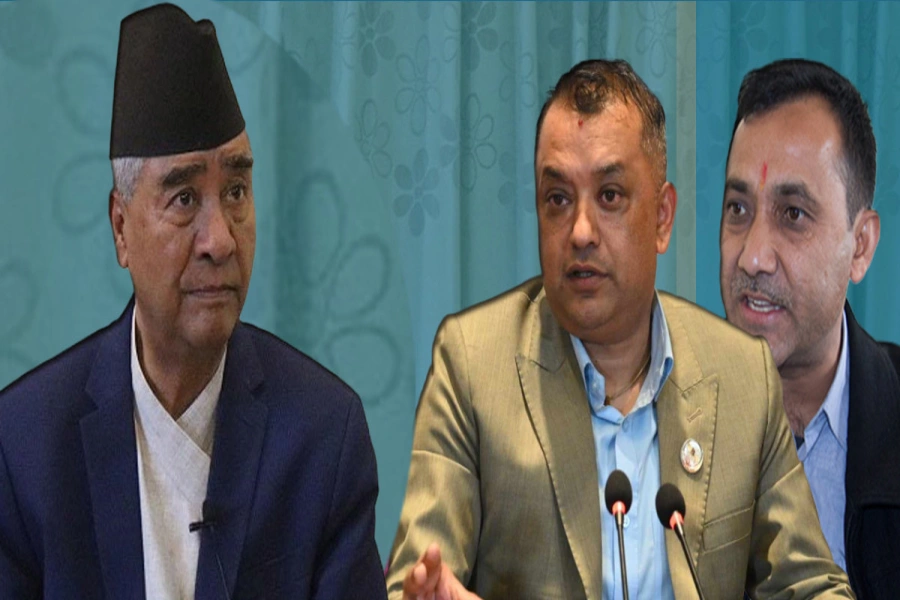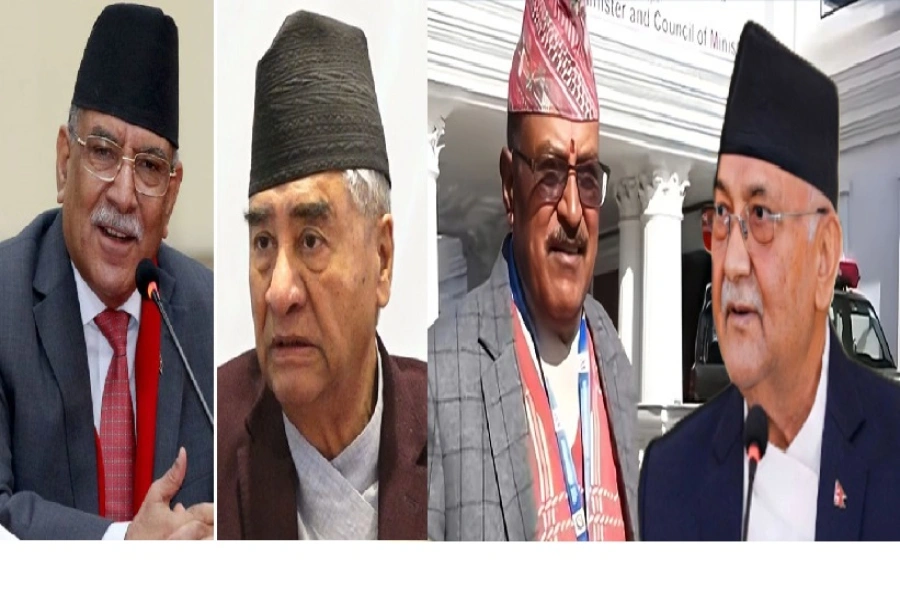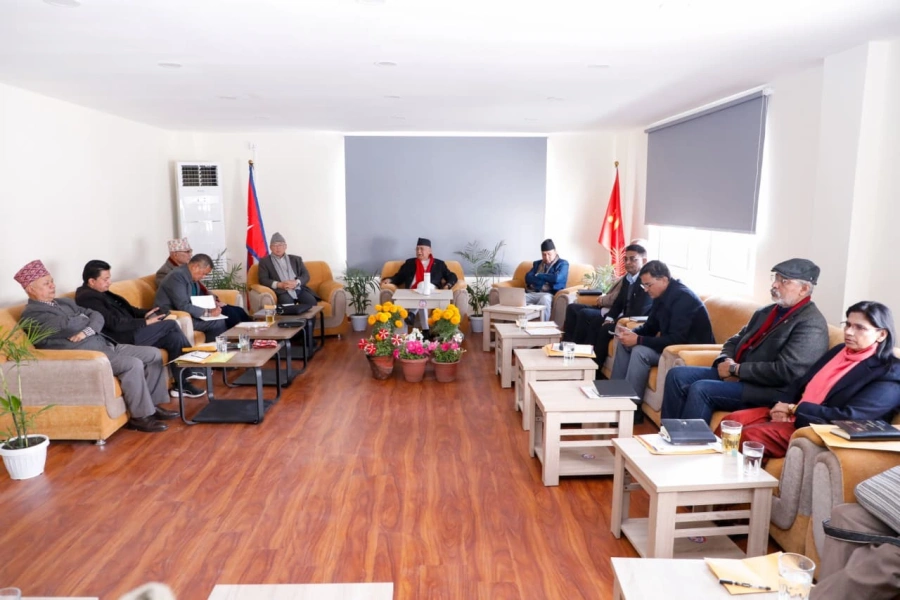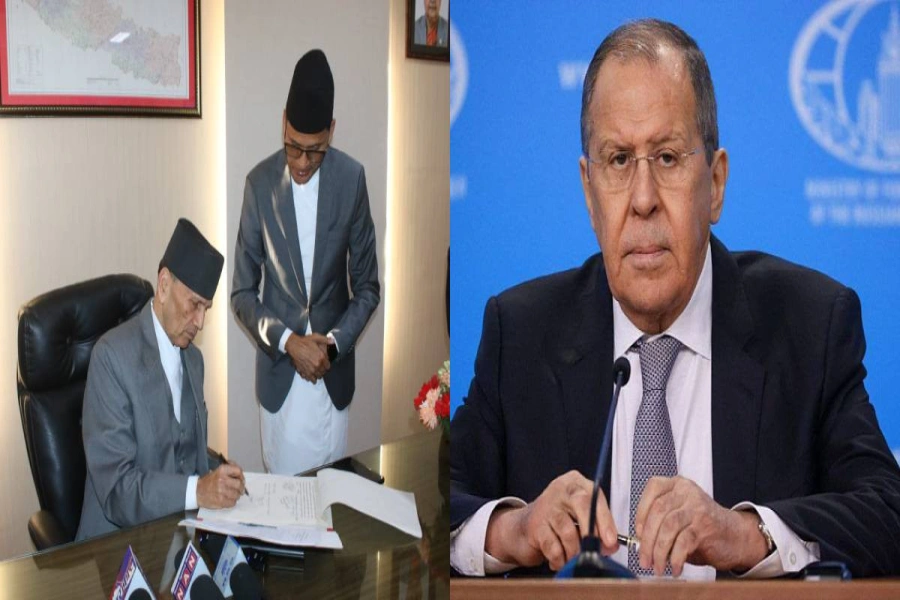The government needs to consider wetlands management as a top priority. First of all, however, institutional clarity is needed for effective management
Wetland is broadly defined and understood as an area covered by the water having less than six meters depth. But commonly, wetland denotes an area partially submerged by water a year around. It includes streams, rivers, ponds, lakes and riparian lands. In very general sense, paddy fields, ocean and whole watershed that drains to or from water reservoir is considered as wetlands.
The World Wetlands Day goes back to February 2, 1971, the day when Convention on Wetlands was adopted in Iranian city of Ramsar on the shores of the Caspian Sea. This is known as Ramsar Convention. The Convention entered into force in Nepal on April 17, 1988 realizing the fact that wetlands are very crucial for conserving biodiversity and supporting the livelihoods of wetland-dependent people. The world started to celebrate wetlands day from 1997. And it remains so to this day.
World Wetlands Day being observed today

Nepal currently has 10 sites designated as Wetlands of International Importance (or Ramsar Sites), with a surface area of 60,561 hectares. Among these sites, four sites (Koshi Tappu, Bishhazari lake complex, Jagadishpuri reservoir and Ghoda-Ghodi lakes) belong to lower plain area, two (Mai Pokakhari and the Pokhara Lake Complex) are situated in the mid hills and four (Rara Lake, Shy-Phoksundo Lake, Gosaikunda Lakes Complex, Gokyo Lake Complex) are situated in the high mountain and Himalayan region.
The theme of Wetlands Day this year was ‘Wetland and Biodiversity.’ The UN also considered the last decade (2010-2020) as the decade for biodiversity and the year 2020 is declared as the year of plant health.
The constitution of Nepal has devolved authorities from federal to provincial and local units. But the responsibility of managing the wetland rests with the federal government. However, the successive appendices of the constitution make it confusing as to who is actually to take the responsibility of managing the wetlands. In the regulation of work division, major responsibility for management of wetlands goes to Ministry of Forests and Environment but there are several overlapping clauses regarding watershed and water resource management. Also, within the Ministry of Forests and Environment, mainly two departments—Department of National Parks and Wildlife Conservation and Department of Forests and Soil Conservation—are managing wetlands in an understanding that the wetlands within the protected areas fall under the responsibility of Department of National Parks and Wildlife Conservation and the rest under Department of Forests and Soil Conservation.
There is no single institution to look after the wetlands. Moreover, few watershed management offices are not able to manage the rest of wetlands which fall outside the protected areas. By and large, the current Watershed Management Act (1982) is dysfunctional and the authorities working in the watershed management offices are hardly getting legal guidance for these internationally important areas.
The problem lies in management level as well. Jagadishpuri Reservoir Lake—a Ramsar site situated in Kapilvastu district of Province 5—can be taken as an example. It is an artificial reservoir primarily constructed for irrigation purpose by Ministry of Irrigation and its wings. But current authority is transferred to the provincial irrigation office. Divisional Forest Office as its potent conservation authority prepared management plan for managing that wetland. Meanwhile, Nepal Tourism Board is also preparing management plan and conducting a survey for preparing environmental assessment for the same site. As soon as Provincial Irrigation Ministry and its wings excavate the sediment deposition within the reservoir, another organization starts working for stairs and steps for sightseeing view. Meanwhile, District Coordination Committee is also preparing a master plan for its management and to make it a prime tourist destination. And there is hardly any collaboration and coordination among the authorities and organizations for better management of wetlands.
This has not only led to unplanned actions but has also made it difficult to find a leading authority that can work for holistic and integrated sustainability of the reservoir. Similar dilemma in management is recurring in almost all internationally enlisted sites outside protected areas and unlisted sites.
Currently, Forest Policy (2019) is in the implementation phase. It is considered as an umbrella policy for all forestry sector policies, strategies and working strategies including for wetlands. Despite having this policy and recently formulated Forest Act (2019) in place, there is still ambiguity in management authority and legal guidance for wetlands management. National Wetland Policy (2012) is also in place for betterment of the wetlands of the country, but who is to implement that and how remains unclear. Thus the government needs to put wetlands management in top priority. First of all, institutional clarity is needed for their effective management.
Hari Prasad Pandey is Under-Secretary at Ministry of Forests and Environment. Ganesh Paudel is Assistant Forest Officer at Ministry of Industry, Tourism, Forest and Environment of Gandaki Province




































